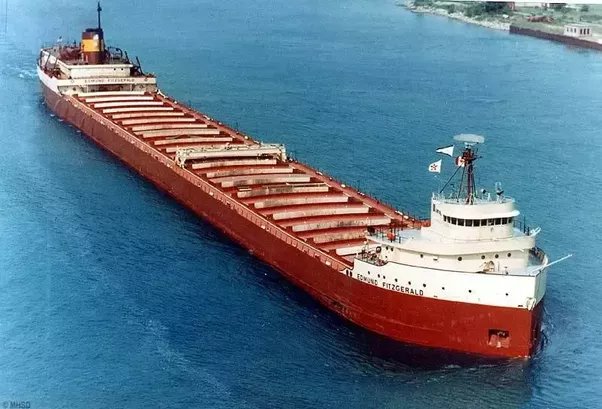Latest News
- Is this home the happiest Christmas home in Hamilton?
- The parents of the dead baby turned their grief into a way to reform the health system
- Fierce dispute after landlord's failed attempt to increase rent by 65 percent
- British Columbia Premier David Abe: 'We're not looking for a 2026 election' after a challenging year for the NDP coalition
- Power restored to thousands of customers in Atlantic region after strong winds over the weekend
Latest Ads
-
Jasmine Jewel
Call
-
Omidan group
Call
-
Amir Madanpour
Call
-
Dimo studio
Call
-
Yorkacademy
Call
-
Maryambagheri
Call
-
Shishlix Restaurant
Call

The 4 factors that have led to a 'golden age' of discovery for Great Lakes shipwrecks
The University of Buffalo estimates that there are more than 6,000 shipwrecks on the bottom of North America's five Great Lakes that have been lost in wars, accidents or frequent, powerful storms since the late 1600s. In the past 18 months, three previously unknown ships from the Great Lakes have made headlines around the world, including the steel freighter Huronton, the 19th-century freighter African and, in February, the World War II-era freighter Arlington.
Explorers say that the pace of new discoveries has been accelerated by new favors, climate change, a variety of facilities, and an increase in general technology. Development helps explorers.
"Because of the advances in technology, I've been underwater at the best possible time for an explorer," said Jill Heinert, a full-time underwater explorer and explorer-in-residence at the Royal Geographical Society of Canada.
Cameras, drones, underwater scooters, even artificial devices have all improved and become much cheaper during his 30-year diving career, where he has documented everything from underwater caves to ghost ships, he said. Is. : “We've gone from using a scuba tank on our back to using something similar to what astronauts wear for spacewalks. "This device is re-named and increases our range, time and depth by recycling exhaled breath." In particular, underwater drones have been used to discover the discovery of sunken ships. Recently, Africa in Lake Huron was discovered by a husband-and-wife team during filming for the upcoming TVO documentary "Very Clear: Beneath the Great Lakes."
climate changes
This winter saw the lowest ice levels on record on the Great Lakes. This has meant lower lake water levels and more erosion along the sand cliffs, destroying beaches and in some cases uncovering lost history.
Dorrel Martin, president of the Ontario Shipwreck Salvage Association, told CBC's Evening Drive on Friday that the changing shorelines have led to discoveries including a 600-year-old dugout canoe in Salmon Trout Lake, a small inland lake that is about It's a 20-minute drive north of Bancroft.
"It was caused by freezing and erosion from more water runoff," he said. "It's about halfway between Peterborough and Ottawa, and the Ontario Maritime Heritage Committee has been documenting this unusual find from Canada's pre-colonial history."
More discoveries are likely to be made this spring as communities around the Great Lakes experience more erosion on their shores, Martin said.
news source
Suggested Content
Latest Blog
Login first to rate.
Express your opinion
Login first to submit a comment.
No comments yet.


































